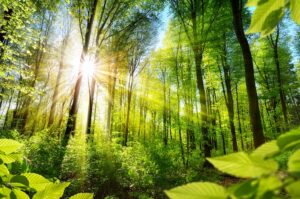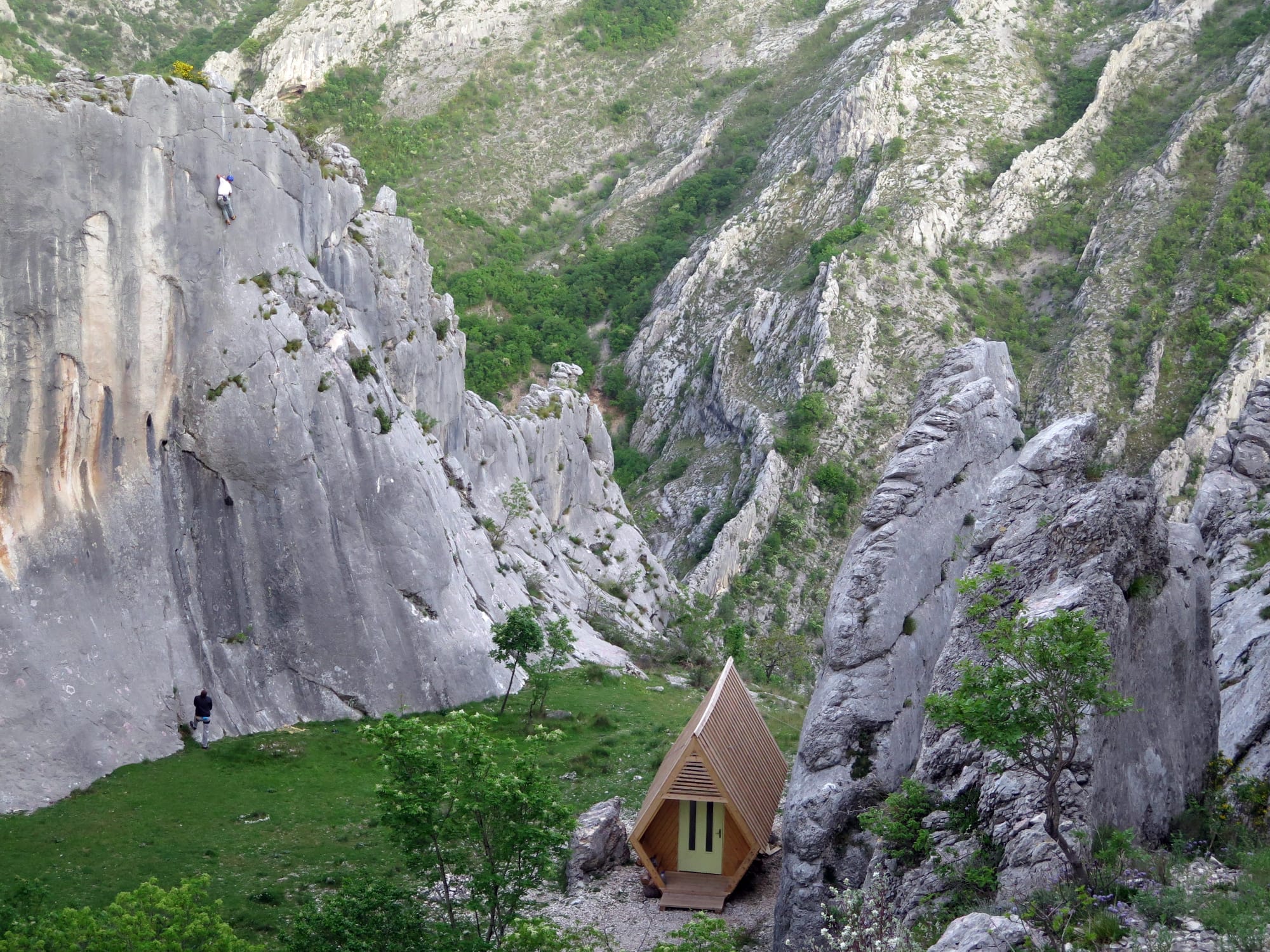LEARNING IN NATURE: THE BENEFITS OF FOREST SCHOOL
As I reached the entrance to the group camp site at a local state park, I was greeted by my very muddy 3-year-old son who was wearing a rainsuit, sturdy boots and a giant grin on his face. This was the site of his school, Magnolia Forest Preschool. It was “showcase day” where we had the opportunity to tour the school and see what the kiddos had been working on. He grabbed my hand and started his tour, showing me his favorite spots, introducing me to his friends and pointing out his artwork.
As we came to a small hill, he immediately ran down, jumped into a huge pile of leaves at the bottom and grabbed a small rake to tidy up the pile for the next child. Our next stop was the “kitchen” where he made me dirt coffee and mud pies. We explored moss-covered logs, splashed in puddles and built things out of “loose parts.” He was in his element and I couldn’t help but wish I had gone to this school as a child. It was one of those “I did good” parenting moments where I could pat myself on the back for choosing the ideal preschool for my son.
 THE FOREST SCHOOL MOVEMENT
THE FOREST SCHOOL MOVEMENT
You may have heard the term “forest school” more frequently in recent years, but what exactly is a forest school? While the concept is still relatively new in the United States, forest schools had already become popularized in Scandinavian countries in the 1950s. The most striking difference between forest school and traditional school is that most, if not all, of the school day is spent outside regardless of the weather. In addition, most forest schools are play-based with children choosing activities that piqued their interest.
Students are encouraged to use their five senses to explore the natural world, stimulating their imagination and sparking their sense of wonder. This is important because research shows that play is likely the most effective way for children to learn life skills and discover their interests and passions. Add this to the scientific evidence showing that being in nature increases cognitive performance while decreasing stress levels and forest schools can provide an advantage for the mental development of a child (even without the use of workbooks and structured learning).
FOREST SCHOOL VS. TRADITIONAL SCHOOL
To paint a better picture of what a forest school looks like, I interviewed the curriculum director and co-owner of Magnolia Forest Preschool, Jenny Stokes. Jenny holds a master’s degree in Early Childhood and Curriculum and Instruction and has over 24 years of teaching experience in various settings from preschool to college. She gave me some insight into what a forest preschool looks like and what the children learn and do in a typical day.


